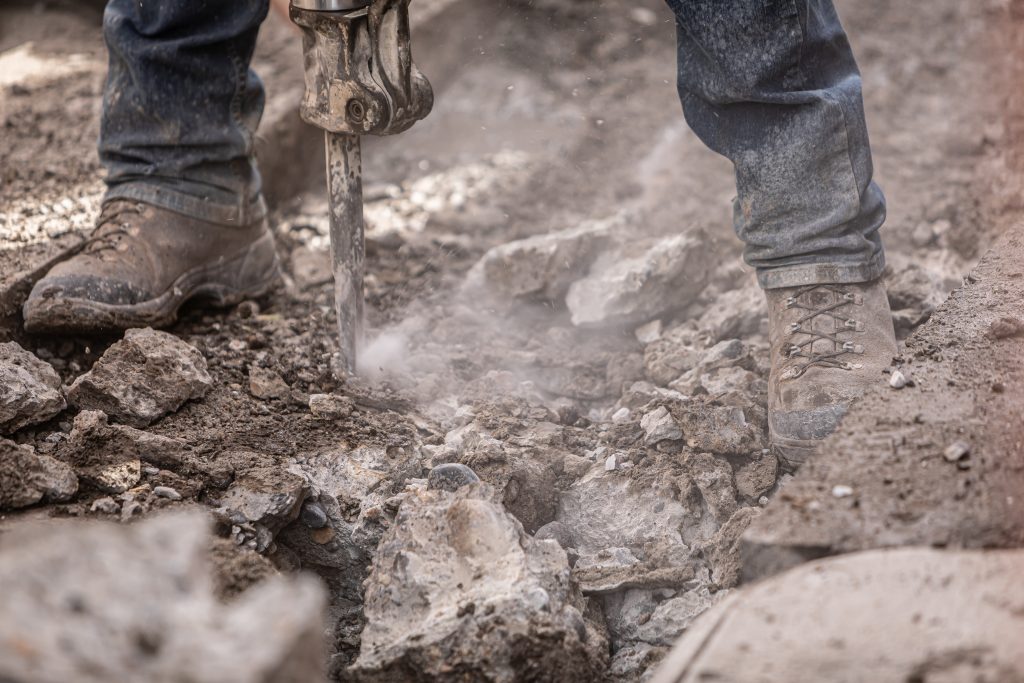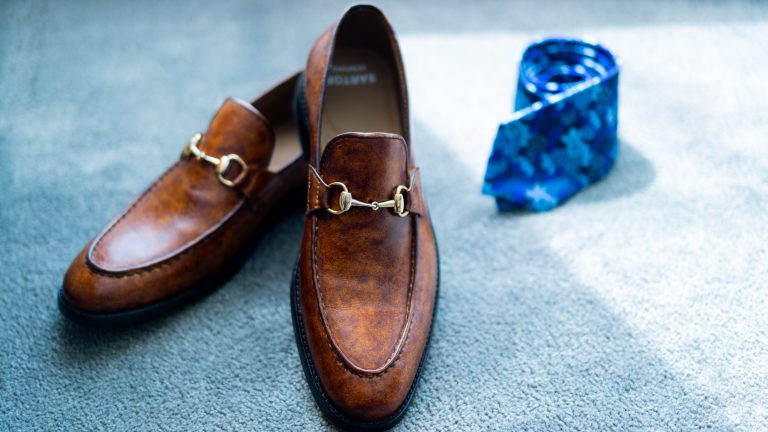Why Do Safety Shoes Hurt My Feet? How Do I Make My Safety Shoes Not Hurt?
Introduction
Why Do Safety Shoes Hurt My Feet? Safety shoes are a vital piece of protective gear for those working in hazardous environments. They shield your feet from injuries, such as punctures, electrical shocks, and heavy object impacts. However, it’s not uncommon for safety shoes to cause discomfort and foot pain. In this article, we will explore the reasons why safety shoes can hurt your feet and provide practical tips on how to alleviate this discomfort.
Understanding Foot Pain from Safety Shoes
1. The Importance of Proper Fit
One of the primary reasons safety shoes may hurt your feet is an improper fit. Shoes that are too tight or too loose can lead to discomfort, blisters, and even long-term foot problems.
2. Lack of Arch Support
Many safety shoes lack adequate arch support, which can result in flat feet or arch pain. Proper arch support is essential for overall foot comfort.
3. Insufficient Cushioning
Inadequate cushioning in safety shoes can lead to discomfort, especially when you’re standing or walking for extended periods. It can cause pain in your heels, balls of the feet, and toes.
4. Material and Weight
The materials used in safety shoes an their weight play a significant role in comfort. Heavy materials can strain your legs, while poor-quality materials may not provide the necessary flexibility.

Why Do Safety Shoes Hurt My Feet?
Tips to Make Safety Shoes More Comfortable
1. Choose the Right Size
Ensure your safety shoes fit properly. If they’re too tight or too loose, it’s time to invest in a new pair that matches your foot size and shape.
2. Look for Arch Support
Opt for safety shoes with built-in arch support or consider using orthotic insoles to provide the necessary support to your feet.
3. Invest in Cushioned Insoles
Adding cushioned insoles can significantly improve the comfort of your safety shoes. Gel or memory foam insoles are excellent choices.
4. Select Lightweight Materials
When buying safety shoes, pay attention to the materials used. Lightweight options are easier on your feet during long workdays.
5. Break Them In
New safety shoes can be stiff. Wear them for shorter periods initially to break them in gradually.
6. Maintain Proper Foot Hygiene
Keep your feet clean and dry to prevent discomfort and potential foot problems.
Conclusion
Safety shoes are a necessary part of workplace safety, but they don’t have to be uncomfortable. By choosing the right size, looking for arch support, adding cushioned insoles, selecting lightweight materials, and breaking them in properly, you can make your safety shoes more comfortable for long hours on the job.
FAQs (Frequently Asked Questions)
- How do I know if my safety shoes are the right size?
To ensure the correct size, measure your feet regularly and refer to the manufacturer’s size chart. Also, pay attention to any discomfort or tightness when wearing them. - Can I use my own orthotic insoles in safety shoes?
Yes, you can. Many safety shoes have removable insoles, making it easy to replace them with orthotic insoles for added comfort and support. - What should I do if my safety shoes cause blisters?
If your safety shoes are causing blisters, consider using blister pads or moleskin to protect the affected areas. Additionally, make sure your shoes are the correct size and well-fitted. - How often should I replace my safety shoes?
Safety shoes should be replaced when they show signs of wear and tear or if they no longer provide the necessary protection and comfort. It’s recommended to replace them every 6 to 12 months, depending on usage. - Where can I find quality safety shoes with proper arch support?
You can find a wide selection of safety shoes with arch support at specialized footwear stores, online retailers, or through your workplace’s safety equipment provider.




Leave a comment